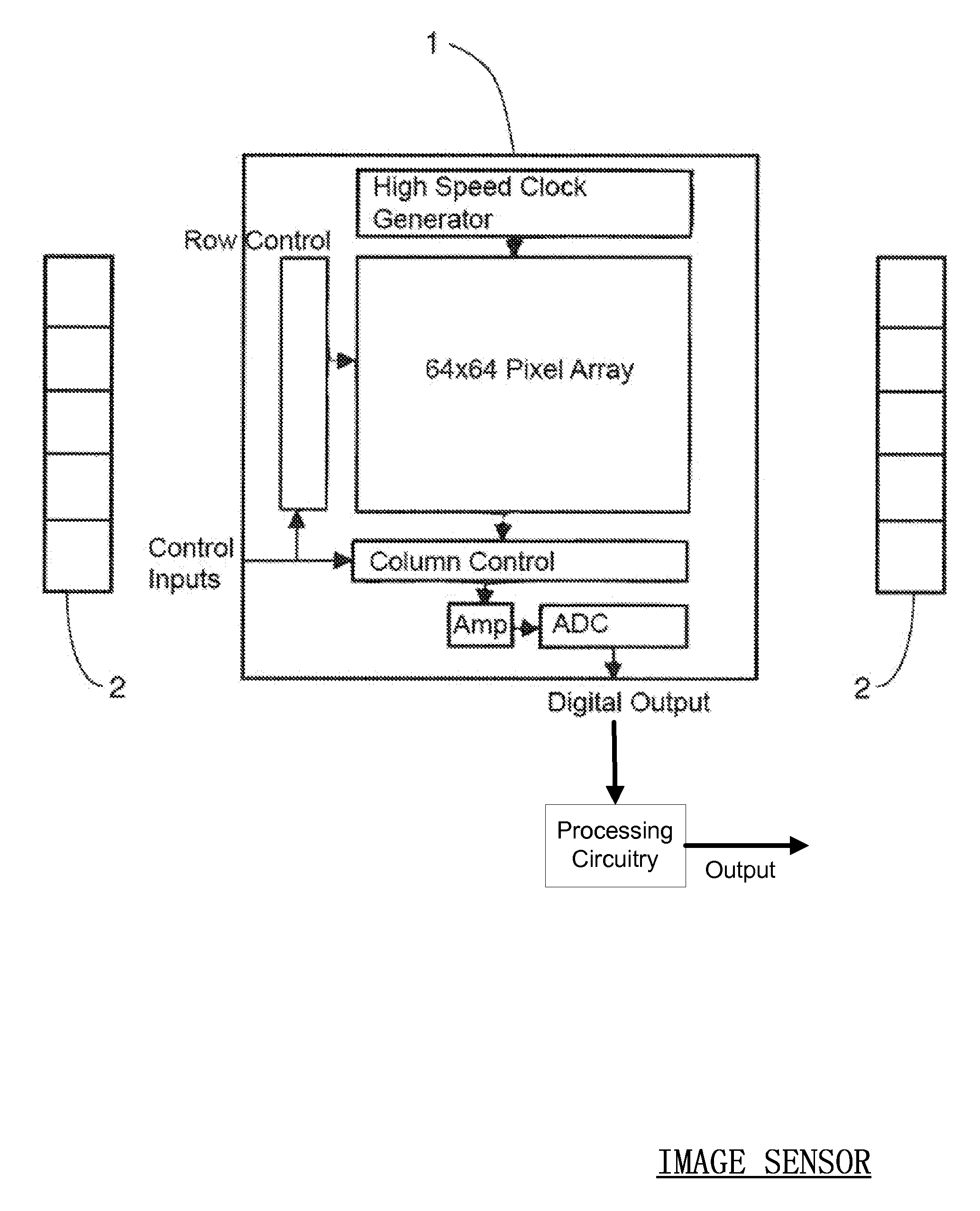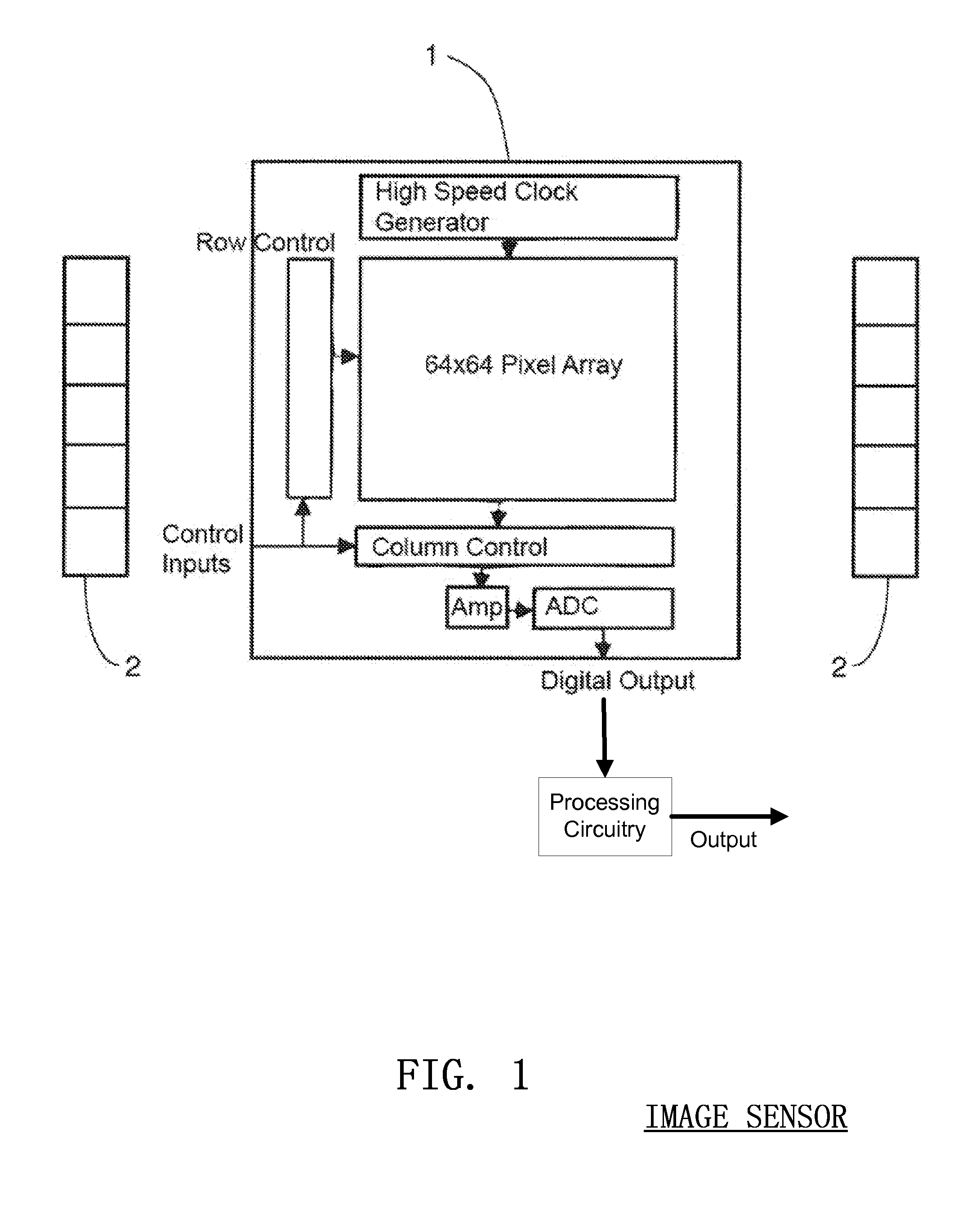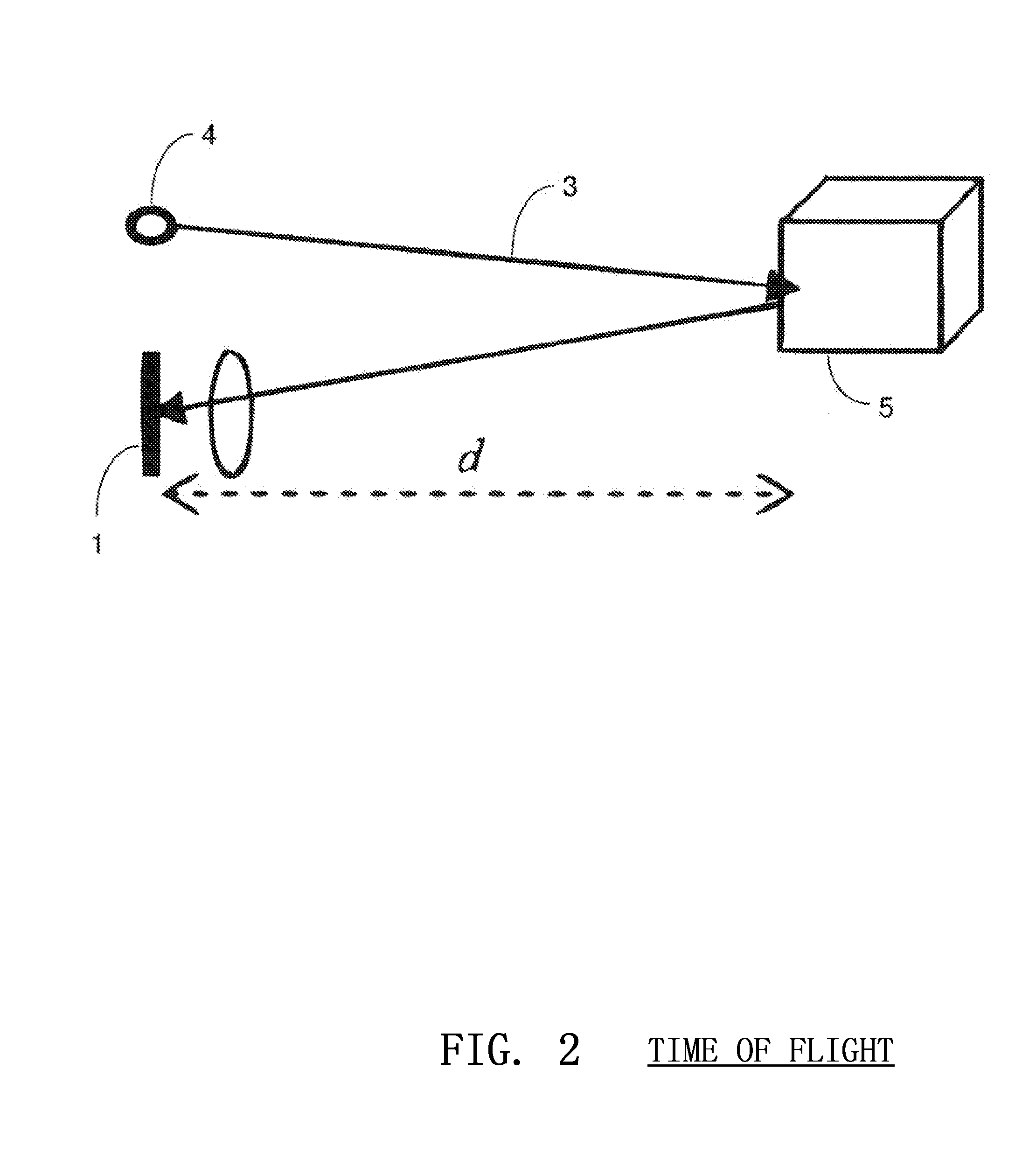Optical techniques for the measurement of chest compression depth and other parameters during cpr
a chest compression and optical sensor technology, applied in the field of chest compression depth measurement, can solve the problems of confusion and hindering the individual in delivering proper treatment, poor quality of cpr, and insufficient memory retention of proper cpr technique and protocol, etc., to achieve accurate measurement of chest rise, accurate gauge compression depth, and high accuracy
- Summary
- Abstract
- Description
- Claims
- Application Information
AI Technical Summary
Benefits of technology
Problems solved by technology
Method used
Image
Examples
Embodiment Construction
[0046]An image sensor is a device that converts an optical image to an electric signal. The two most widely recognized types of image sensors are the (Complementary Metal Oxide Semiconductor) CMOS and CCD (Charge Coupled Device) sensors. A CMOS chip is a type of active pixel sensor made using the CMOS semiconductor process. Extra circuitry next to each pixel sensor converts the light energy to a voltage. Additional circuitry on the chip converts the voltage to digital data. A CCD is an analog device. When light strikes the chip it is held as a small electrical charge in each pixel sensor. The charges are converted to voltage one pixel at a time as they are read from the chip. Additional circuitry in the camera converts the voltage into digital information.
[0047]A CMOS image sensor 1 is illustrated in FIG. 1 Along with an infrared illumination source 2, the image sensor 1 determines the three-dimensional characteristics of a scene by measuring the time-of-flight of the illumination f...
PUM
 Login to View More
Login to View More Abstract
Description
Claims
Application Information
 Login to View More
Login to View More - R&D
- Intellectual Property
- Life Sciences
- Materials
- Tech Scout
- Unparalleled Data Quality
- Higher Quality Content
- 60% Fewer Hallucinations
Browse by: Latest US Patents, China's latest patents, Technical Efficacy Thesaurus, Application Domain, Technology Topic, Popular Technical Reports.
© 2025 PatSnap. All rights reserved.Legal|Privacy policy|Modern Slavery Act Transparency Statement|Sitemap|About US| Contact US: help@patsnap.com



